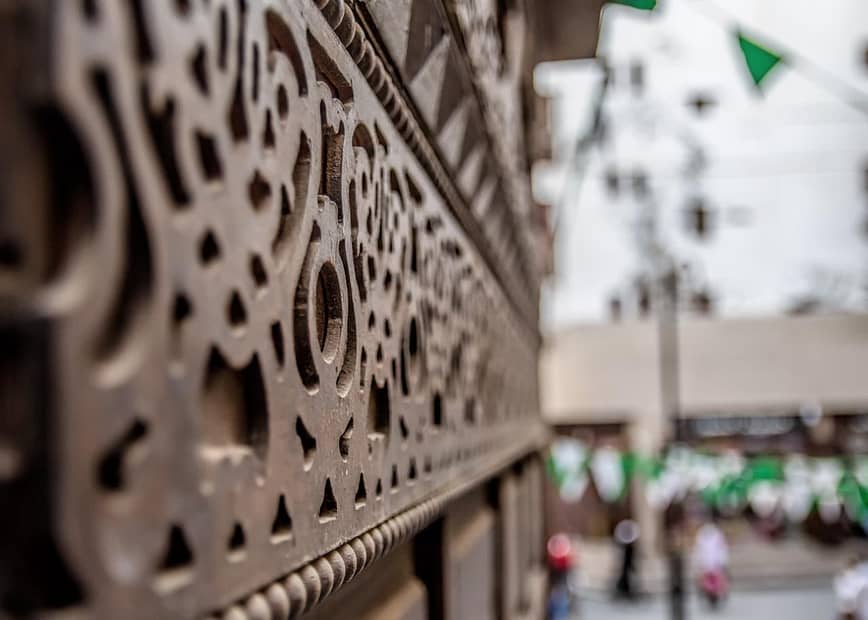Contemporary design is about ‘freshness’. That is what the future holds, ‘isn’t that right? Along these lines, it is for the most part about making new structures that don’t have anything to do with verifiable setting or impact. Indeed, both current and contemporary design developments for the most part attempted to split away from the “crude” past. Post-Pioneers took a stab at something other than what’s expected yet wound up with pastiches that had no unique significance.
Islamic Design, then again, addresses a different perspective and articulation. The style begins from the lessons of Islam itself. You presumably got The Quintessence of Islamic Engineering Through the Prestige Moorish Design Entryways – however, it’s not only that. Presently, the intriguing thing about Islam is that it isn’t restricted to a specific time or spot. Rather, it professes to be an everlasting lifestyle that can address the issues of people at some random time.
Because of this general nature of Islam, Islamic engineering is very different even though it depends on normal standards. Allow us now to take a gander at a portion of these normal standards and see what they can offer us today.
How could Islamic Design move Contemporary Engineering on a worldwide scale?
General Standards of Design
1. Realness
Realness is one of the standards on which Islamic Engineering is based. Nonetheless, ‘genuineness’ isn’t inseparable from ‘originality’ here. All things considered, it alludes to staying aware of nearby customs yet without mirroring the past. This requires a profound investigation of customary design (which is the best type of legacy today).
2. Innovation in Design
Islam embraces current science because the Quran urges its perusers to study and investigate. As needs are, Islamic design embraces the most recent structure innovation, yet without looking to go against notable structure rehearses. Such a harmony among innovation and custom accounts for perpetual plan open doors in the contemporary world. Like that, the design wouldn’t lose the personality of the spot nor the quintessence of time.
3. Nearby Materials, Methods, and Topography
Numerous contemporary structures stand ungracefully in their encompassing setting as they aimlessly emulate western goals. Islamic Design, then again, advances amicability between structures, the climate, individuals, and their Maker. The incomparable Mosques of Cordoba, Edirne, and Shah Jahan, for instance, utilized neighborhood math, materials, and methods to communicate the request and solidarity of Islamic Engineering in their particular manner. With the modern improvement publicity, individuals began disregarding their neighborhood legacy. However, it’s not past the point of no return. We can in any case attempt to restore the feeling of area, materials, and geology in our structures.
4. Client Centricity
Numerous contemporary structures stand gracelessly in their encompassing setting as they indiscriminately emulate western goals. Islamic Engineering, then again, advances concordance between structures, the climate, individuals, and their Maker. The incomparable Mosques of Cordoba, Edirne, and Shah Jahan, for instance, utilized neighborhood calculation, materials, and methods to communicate the request and solidarity of Islamic Engineering in their particular manner. With the modern advancement publicity, individuals began disregarding their nearby legacy. However, it’s not past the point of no return. We can in any case attempt to recover the feeling of area, materials, and geology in our structures.
5. Eminent and Earthly
The religion of Islam perceives and satisfies both the physical and otherworldly requirements of individuals. In like manner, the grand and earthly factors in Islamic design complete one another. The interminable complex examples on the roofs give the design its spirit, while the effortlessness and absolute reasonableness give it its power.
House Design
1. Al-Jiwani
‘Al-Jiwani’ alludes to the standard of giving all residing offices inside the house. Since Islam is a finished lifestyle, its design gives everything, including the outside experience, inside the house. The occupants could in a real sense appreciate open spaces, nurseries, engraving, and ornamentation, all in the advantage of their own homes. The yard, which associated every one of the rooms, gave shocking perspectives while interfacing the occupants to the sky. It will be intriguing to see such a rich house in present times.
2. Climatic Equilibrium
Most Islamic nations are situated in sweltering dry environments. We, sitting on a sofa in our snappy rooms, can’t start to envision how they could make do without cooling. All things considered, they didn’t, because they had regular cooling – not by gear but rather through the actual construction! Malta, or wind catchers, were worked to exploit the open-air streaming breeze and furnish the inside with normal ventilation.

